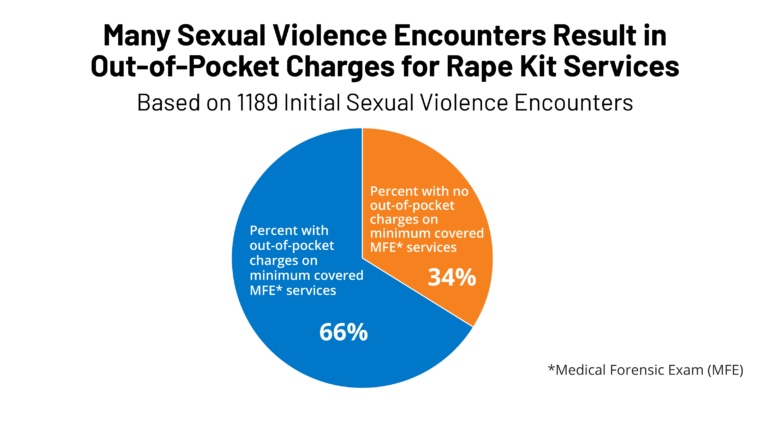The absence of sexually related injuries cannot be used in court to infer that rape victims are “making it up,” a new study reveals.
Experts analyzed the last 30 years of published medical research to compare anogenital injury (AGI) in women who had been raped with those who had engaged in consensual sex.
Examining data from more than 3,000 women, they found that more than half of rape survivors had no detectable injuries, even when examined by experts using forensic dyes and magnification techniques, while detectable anogenital injury could be found in 30% of consenting women.
Publishing their findings in eClinicalMedicine, researchers from the University of Birmingham and UK National Health Service specialists in Glasgow, Liverpool and Bristol conclude that absence of AGI is neither proof of consent nor disproof of penetration.
Co-author Dr. David Naumann, from the University of Birmingham, commented, “Women may not disclose rape in the false belief that they won’t be able to prove assault if there are no injuries to their genital area. The presence or absence of anogenital injury may also influence law enforcement officers and jurors in the way they perceive the alleged assault.”
“Our study provides definitive evidence that absence of injury cannot be used in court to infer that rape did not occur and victims are ‘making it up.’ We hope our findings help to directly challenge rape myths and empower survivors to report their assault and bring the perpetrators to justice. The absence of AGI is neither proof of consent nor disproof of penetration.”
The systematic review demonstrates that although AGI is significantly more likely following sexual assault (48% SA vs 31% CSI), both groups have a combination of detected AGI and absence of AGI.
Physical examination findings for women following sexual assault may be used in court as forensic evidence. Based on these data, there is no case for discrediting allegations of rape based on intimate physical examination alone.
The 2030 UN Agenda for Sustainable Development Goals (SDGs), adopted by member countries in 2015, calls for the elimination of violence against women and girls. However, according to UK Government figures, in 2019/2020, only 4% of sexual offenses, and 2% of rape offenses led to alleged perpetrators being charged or summonsed in the same year.
A significant proportion of these cases are recorded by police as being closed with the outcome “evidential difficulties, victim does not support action”—indicating that the rape survivor withdrew from the process.
Dr. Naumann added, “Numerous myths reinforce cultural attitudes towards reporting of sexual violence. One such myth anticipates physical violence, and thus injury, to be an inevitable accompaniment to rape. Sexual predators use different strategies, such as the threat of physical force, which reduce the likelihood of AGI.”
“If we wish to support rape survivors, the clinical community must send an unambiguous, evidence-based message to ensure that rape myths are fully challenged. This will help survivors have increased confidence that the criminal justice system will support them in their disclosure and reporting of sexual violence.”
More information:
David N. Naumann et al, Anogenital injury following sexual assault and consensual sexual intercourse: a systematic review and meta-analysis, eClinicalMedicine (2023). DOI: 10.1016/j.eclinm.2023.102266
Provided by
University of Birmingham
Citation:
Lack of sexually related injuries does not mean rape victim was ‘making it up,’ says study (2023, October 6)



